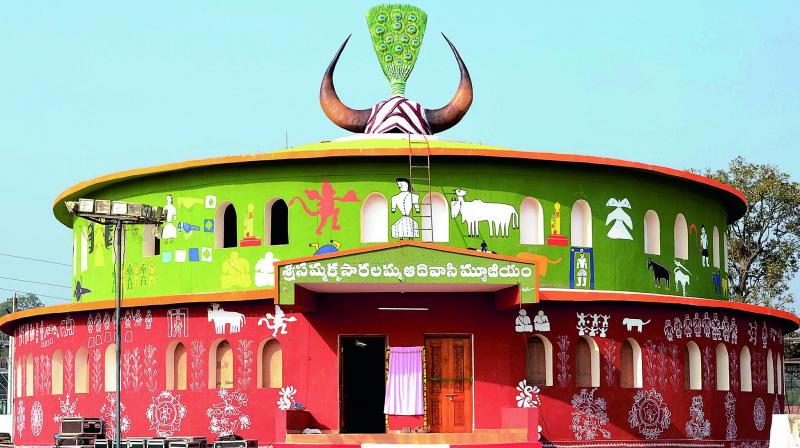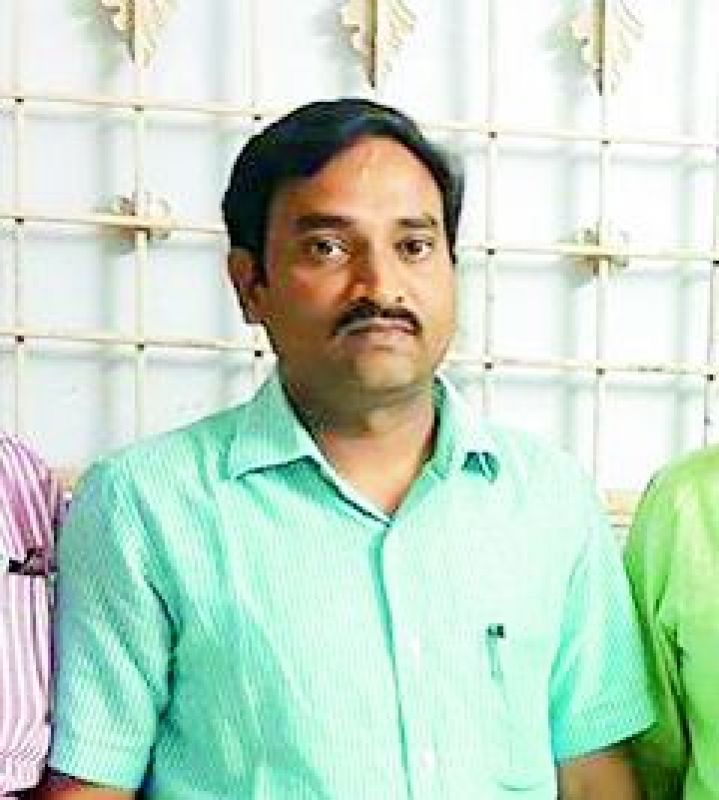Celebrating tribal lives
The Sri Sammakka Saralamma Tribal Museum at Medaram is a one-of-its-kind institution showcasing the culture of the Koya community.

The Medaram Jatara, which honours the valour of two legendary tribal women leaders, has gained popularity for being the biggest tribal fair in the world. The event, which receives over 12.5 million devotees from eight different states in the country, is held to worship Sammakka and Saralamma, according to the Koya tribal legend. As an extension of the Jatara, the Tribal Cultural Research and Training Institute under the Telangana state government’s Tribal Welfare Department has set up the Sri Sammakka Saralamma Tribal Museum at Medaram. The museum was opened to the public early this year in January.
Though the initial plan was to open the museum only twice a year when Jatara takes place, its popularity has led the authorities to rethink the decision and keep it open every day. Elaborating on the uniqueness of this museum, Dr Satyanarayana Dyavanapalli, the museum curator, explains, “Most of the Indian museums are archaeological in nature. But as envisioned by Dr Abdul Kalam, intellectual and international tourists prefer to see mankind and his culture across different localities and demographics. There are very few such museums in India. There are just 20 of them, one for each state. These are not enough to represent the 711 different tribes of the country.”
The sole aim of this museum is to showcase the culture of one of the most important ethnic communities — the Koyas — and the ambiguous 12th-century legend of Sammakka. “We have made an effort to showcase traditional arts and craft, Koya food and a sculptural episode of Sammakka at the museum. Visitors will also get to see traditional tribal performances,” says Dr Satyanarayana.
The museum also has an unusual design. Unlike the stereotypical off-white, stone-cold buildings that come to our minds when we think of museums, the layout of the complex is adorned with the traditional Koya dancers’ headgear, while the galleries are panelled with the names of Sammakka and her relatives. The museum building is a rust-coloured one with bright tribal art painted all over it. Some of the objects are almost nine centuries old.
 Dr Satyanarayana Dyavanapalli, museum curator
Dr Satyanarayana Dyavanapalli, museum curator
“A better understanding and appreciation of tribal culture is the need of the day. The disappearing culture has to be preserved by museums, to at least know our roots. What we aim to do with these tribal museums is to provide indigenous knowledge and experience to the visitors, who could be pilgrims, scholars or even tourists,” concludes Dr Satyanarayana.
HT02

